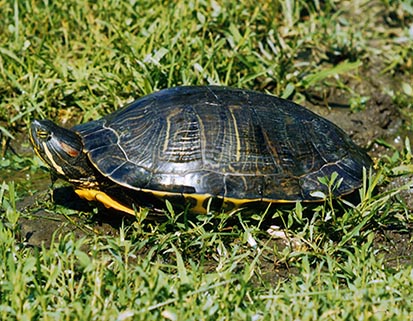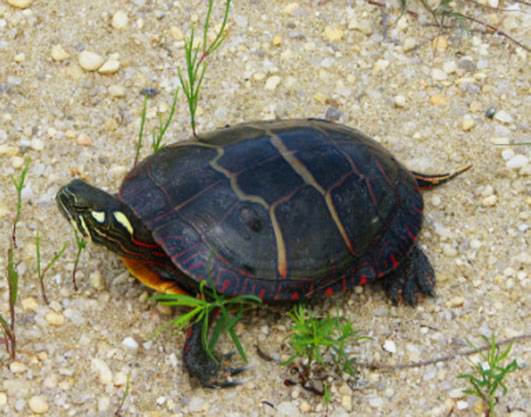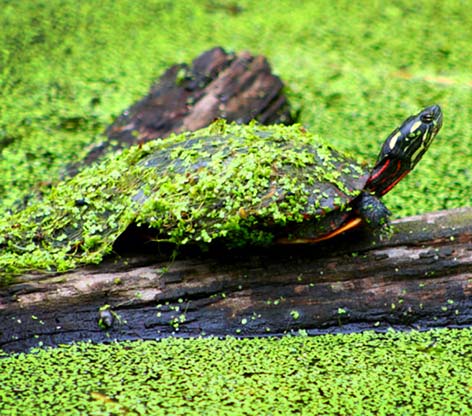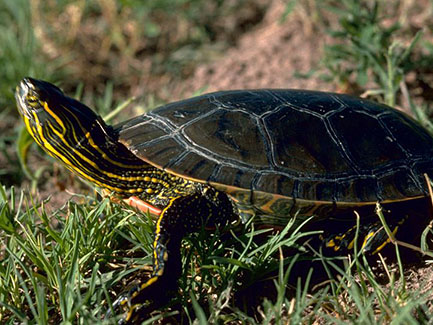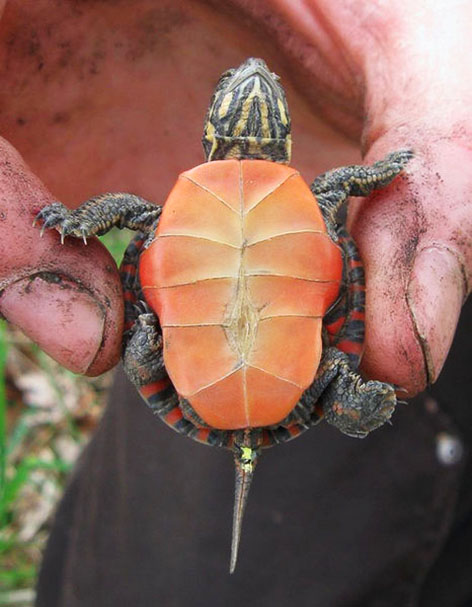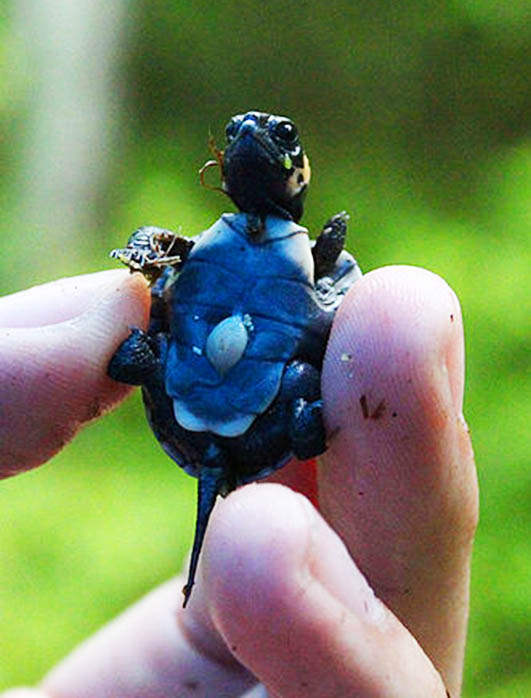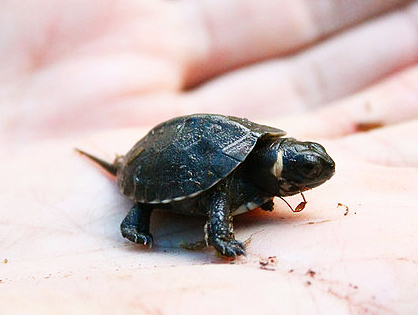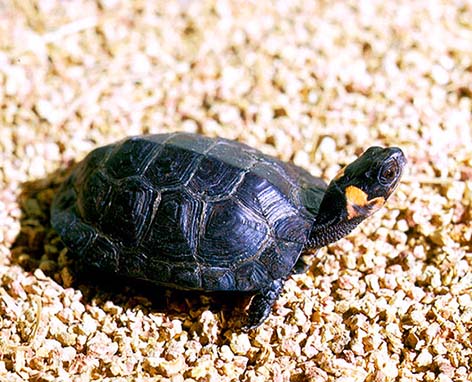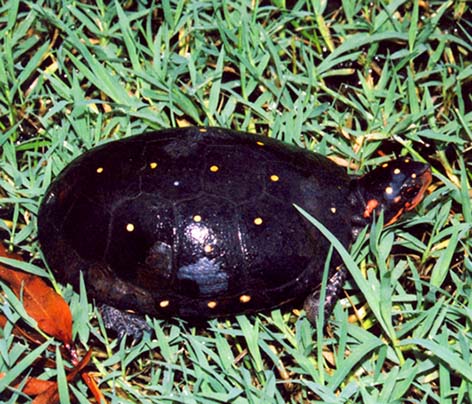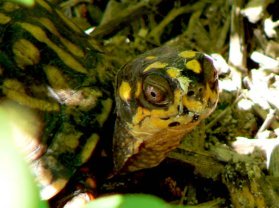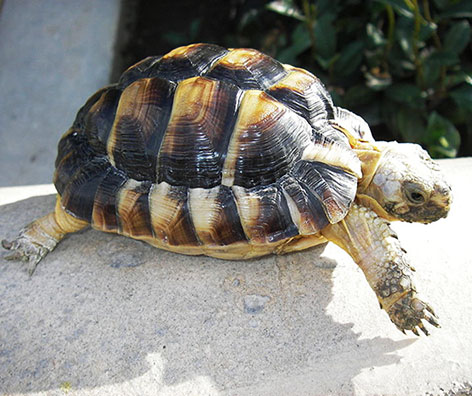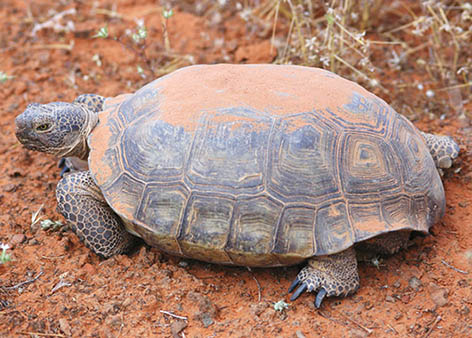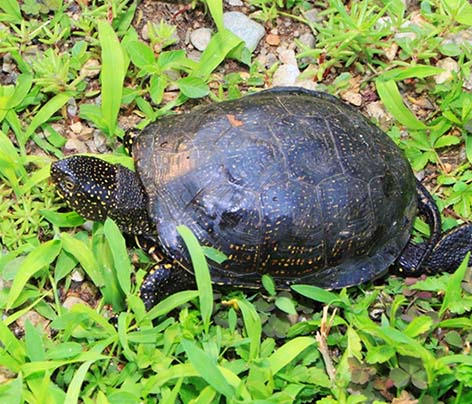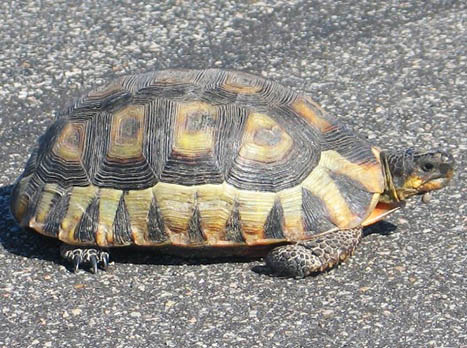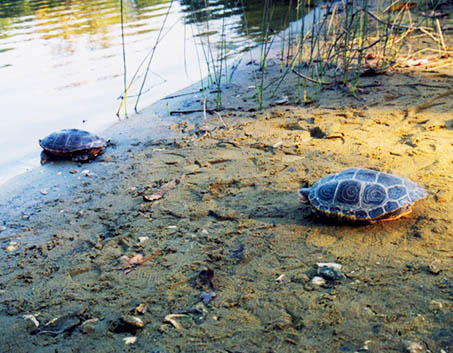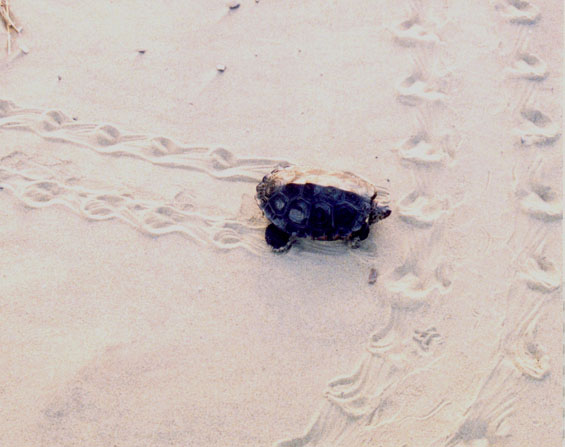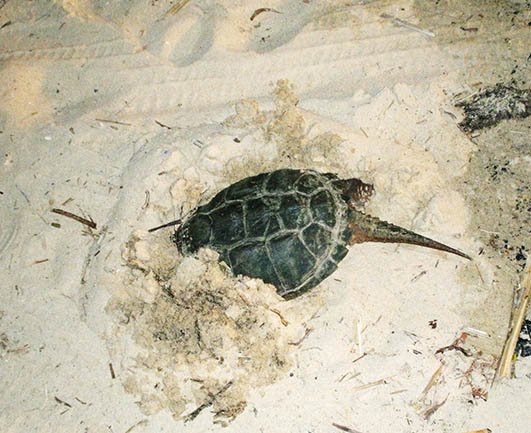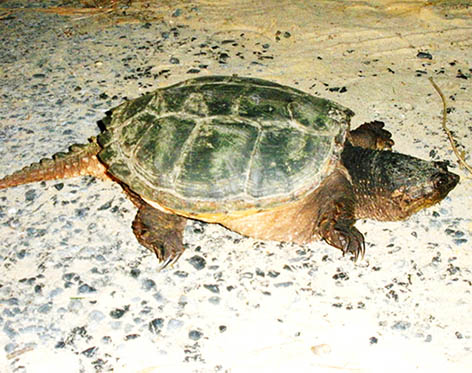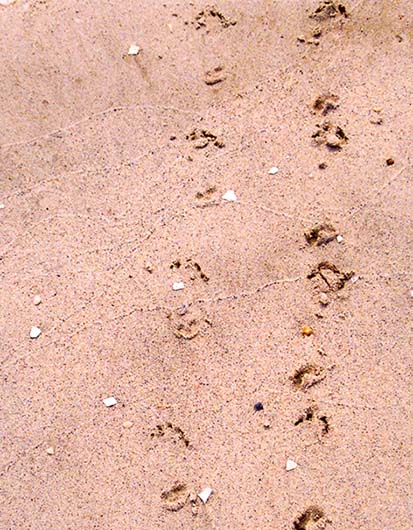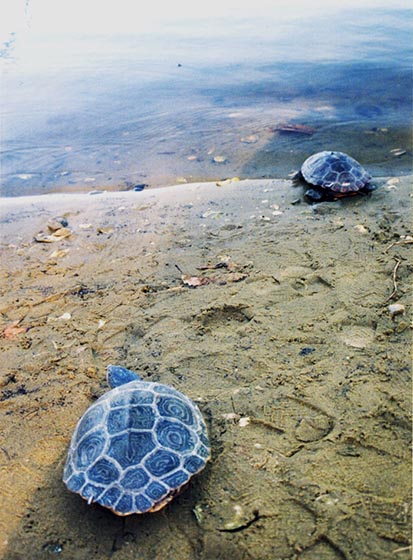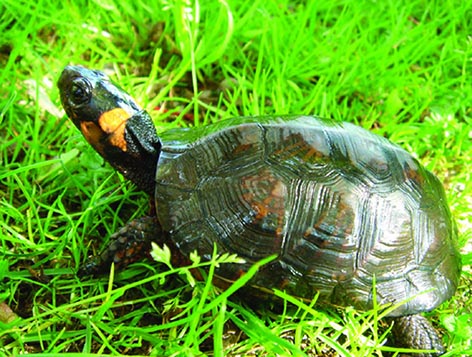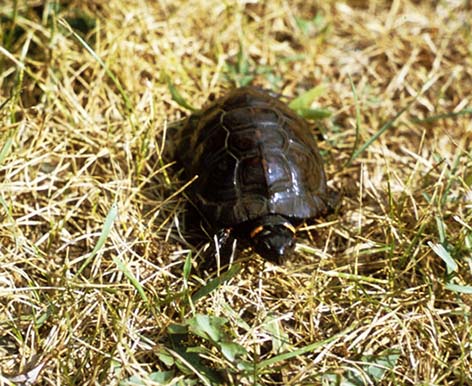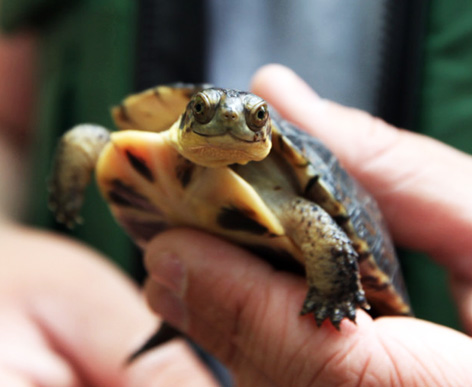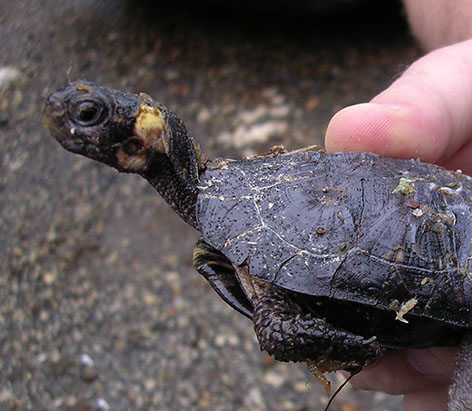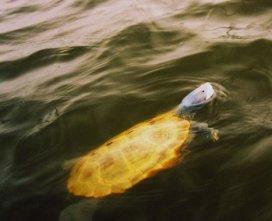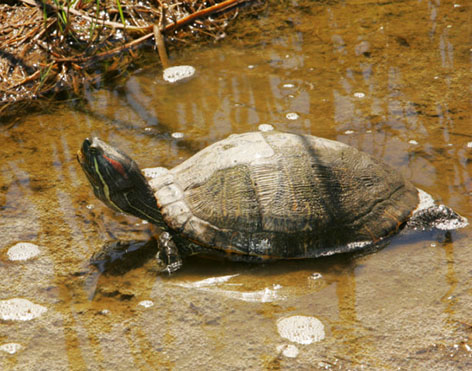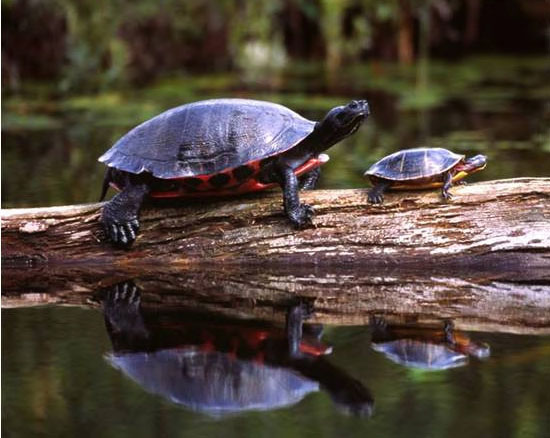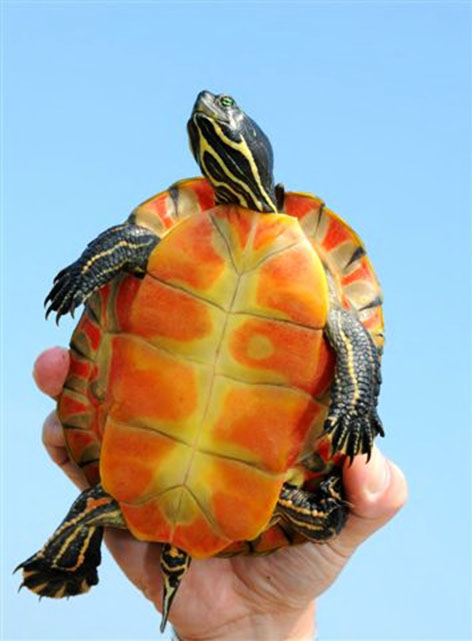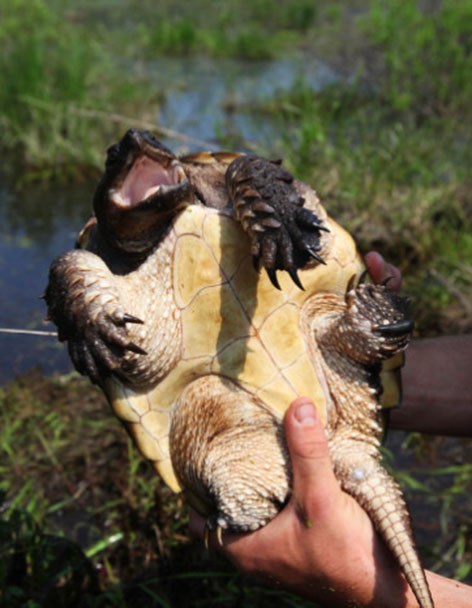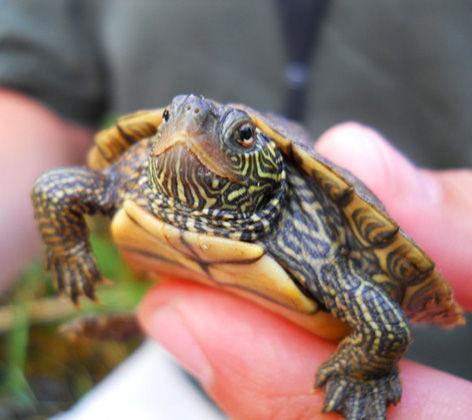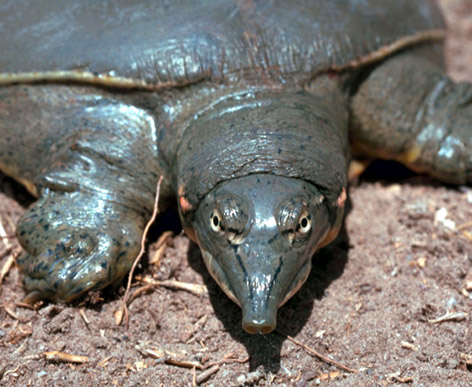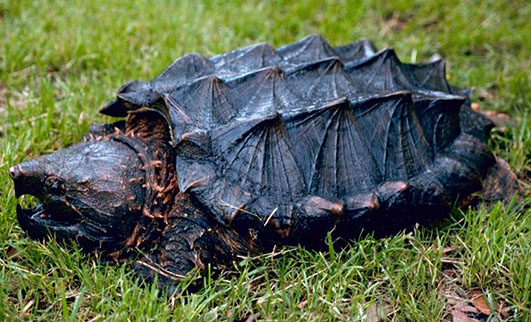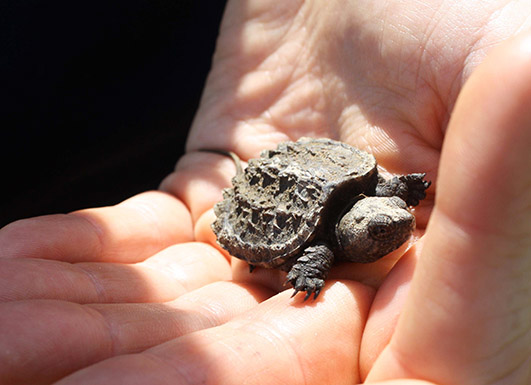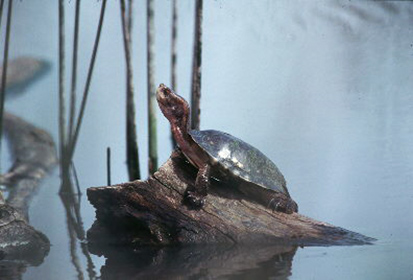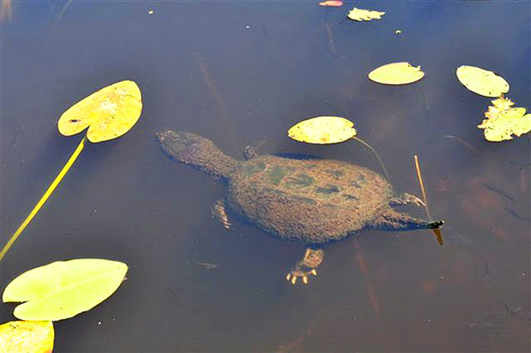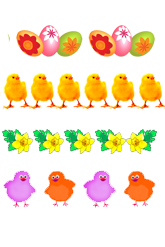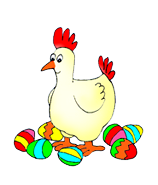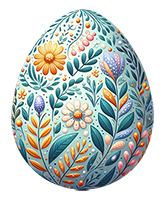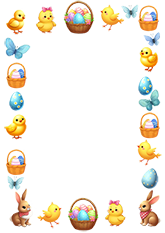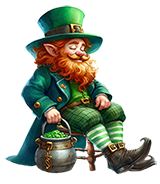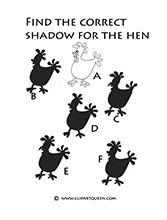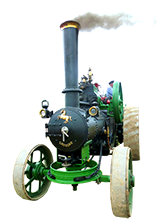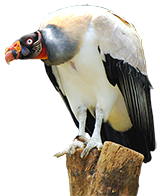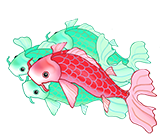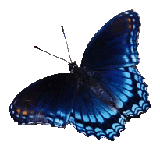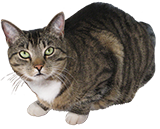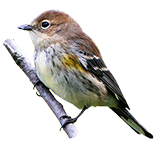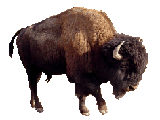Turtle Pictures and Turtle Facts
This page will give you a lot of free Turtle pictures, turtle photos, and on top of that a lot of facts about the Turtle.
You can use all these great photos of Turtles for school projects, combined with the Turtle facts. And you can use the photos for invitations, for fun, for making crafts with your children, for boxes, for gift tags, letters and a lot more.
Most of the photos are a lot bigger than what they seem like on this page.
Click the picture you like to see the real size in a new tab. This is the picture you get when using the download button.
There are only two simple limitations for using my material, please
go to Homepage
to read more about that.
![]()
Fascinating Turtle Facts
This page will answer a lot of the biggest questions you have about turtles – how long do they live? What do they eat? What eats them? What parts of the world do they live in?
Turtles are mysterious and wonderful creatures, loved by children and adults alike.
We'll even cover some facts about turtles you've probably never considered – these random fun facts are great little bits of trivia to know and are handy for surprising friends and family.
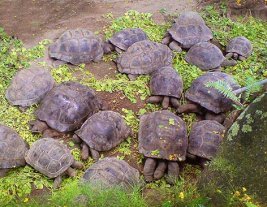 |
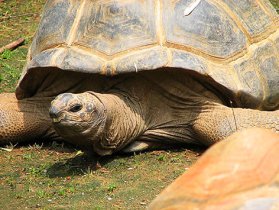 |
| Giant tortoises | Aldabra tortoise giant |
|
|
|
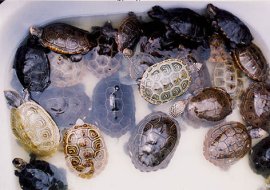 |
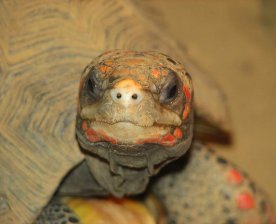 |
| Tub of terrapins different colors | Close up of Red footed tortoise |
|
|
|
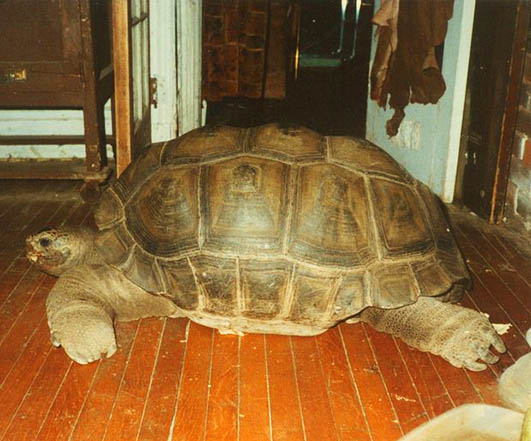 |
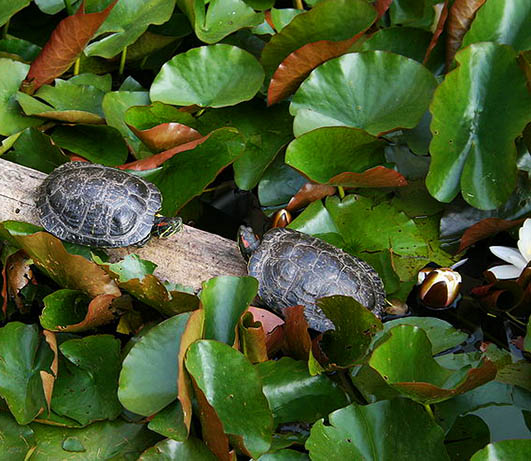 |
| Giant Galapagos turtle (Tony) | Bastyr turtles with Water lilys |
|
|
|
Interesting and Fun Turtle Facts
Let's begin with an assortment of fun and interesting turtle facts. Did you know:
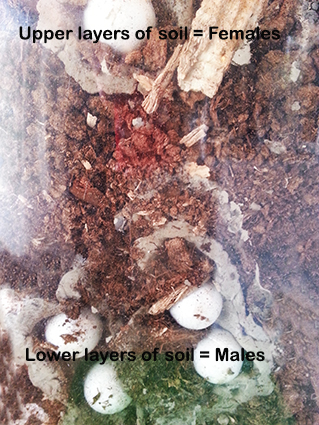 turtles lay eggs.
turtles lay eggs.Although there are turtles that live their entire lives predominantly in the sea, all turtles must lay their eggs on land.
Both tortoises and sea turtles dig their eggs down in sand or soil.
It is the temperature of the egg that determines the sex of the turtle babies.
If the temperature is 32-34 C (89,6-93,2 F) exclusively females will hatch, while if the temperature is 24-26 C (75,2-78,8 F) exclusively males will hatch.
So if the eggs are placed in the upper soil layers, they become females, and in the lower layers of soil they become males.
In fact, the sections of a turtle's shell are known as 'scutes,' and each of these is simply a large scale – the flexible parts of the turtle's skin are made up of much smaller scales.
Yes, turtles even shed their shell scutes, but of course their don't shed their entire shell – to a human eye the shedding appears as a thin layer peeling off each of the scutes.
The back part of the shell, which we commonly think of, is called the carapace.
The underbelly side of the shell is called the plastron. When you compare turtle skeletons to the skeletons of other reptiles, you can see how certain bones in the ribs and spine have broadened and extended in the turtle to form the shell shape.
In some turtles the shell is fused to the pelvis bone, whereas in others the pelvis 'floats' freely. Some turtles also have a 'hinge' on their plastron so they can bend forward.
Turtle Pictures:
Types of Turtles:
While most people have a conception of what a 'turtle' looks like, in most cases they are thinking of one common species of turtle such as the red-eared turtle. In actual fact, turtles come in all shapes and sizes, with over 300 different species.
Let's zoom in on some of the weird and wonderful differences between turtle species.
Sea Turtles:
Sea turtles have developed a few interesting traits which have allowed them to adapt and survive in the water without having to return to land often.
One of these is the ability to drink and process salt water.
Strangely enough, sea turtles actually 'cry' out the salt they consume when they drink – the salt is excreted through tears.
Male sea turtles tend to spend their entire lives in the water – although they hatch from their eggs on land.
The beginning of a sea turtle's life involves a quick scramble towards the safety of the ocean – while they are exposed on the beach they are vulnerable to a range of predatory attacks from land animals and birds.
Sea turtles are known to migrate over 1000 miles (1600 kilometers) to particular spots in order to lay their eggs.
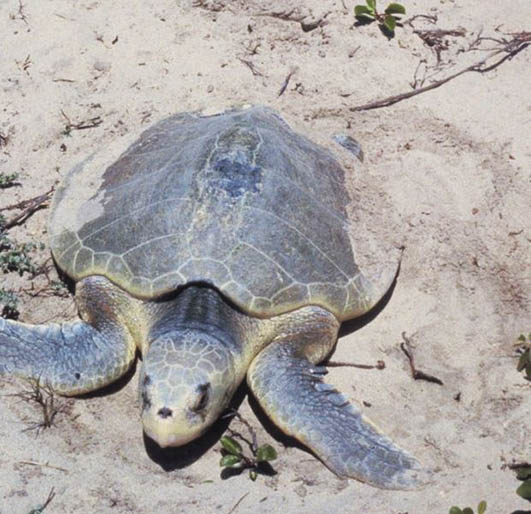 |
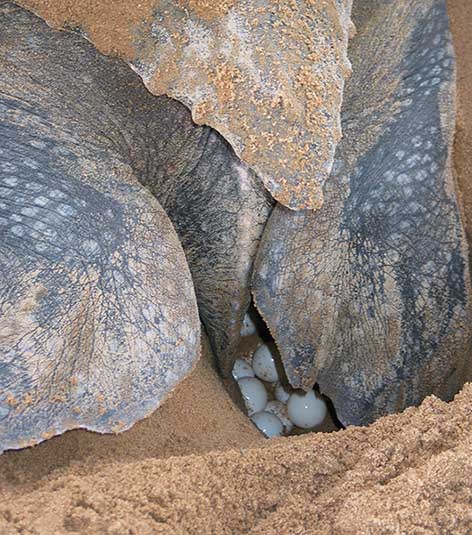 |
| Kemps Ridley Sea Turtle | Leatherback sea turtle with eggs |
|
|
|
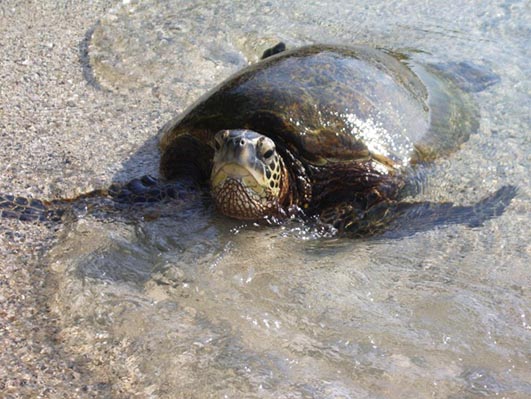 |
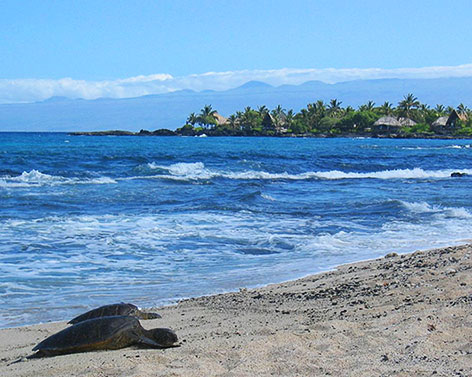 |
| Green Sea turtle in water | Sea turtles on beach |
|
|
|
You can find more Sea turtle pictures on this website on the page Sea Turtle Pictures.
Freshwater Turtles
Most of the turtles which are kept as pets are freshwater dwellers.
The first major difference between sea turtles and freshwater turtles is size. Many freshwater turtles are small enough to sit in the palm of your hand – they're a far cry from the gigantic Leatherback sea turtle, the biggest specimens of which can weigh up to 2000 pounds (900 kilograms) and grow up to 8 feet (2.4 meters) long. (You'd have a hard time keeping one of these in a tank in your living room!)
There is one exception in case of size, however: the Asian softshell. This is a beast of a freshwater turtle, with specimens recorded growing over 6 feet long (1.8 meters).
In most cases, the growth of turtles is determined by their habitat and food availability as much as their species.
Red-eared sliders, for example – which are amongst the most commonly kept pet turtles – often grow no more than a few inches long when kept in a small tank, but they are capable of growing much bigger when given a large outdoor pond with an abundant food source.
Tortoises:
Turtles which live entirely or primarily on land are referred to as tortoises.
You may be thinking: 'Wait a minute – I thought turtles and tortoises were different animals altogether?'
Well, it all depends on where you live in the world.
In many parts of the world, 'tortoise' is simply used as a sub-category of turtles. In other parts of the world, there's a stronger distinction between turtles, which live in water, and tortoises, which live on land. In any case, land-dwelling tortoises are part of the turtle family.
Perhaps the best known type of tortoises are the giant species, such as the Galapagos Island Tortoise – these creatures can survive over 150 years and weigh up to 880 pounds (425 kilograms).
The oldest living tortoise on record was 176 years of age.
Here's another interesting fact you may not know: like the rings in trees, the rings on a tortoise's back can be used to determine its age.
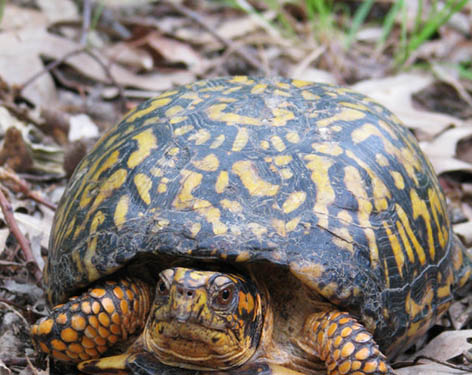 |
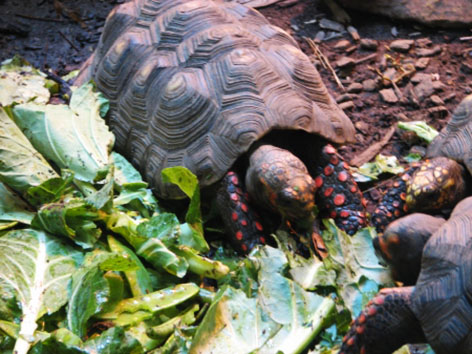 |
| Box tortoise | Red footed tortoise eating |
|
|
|
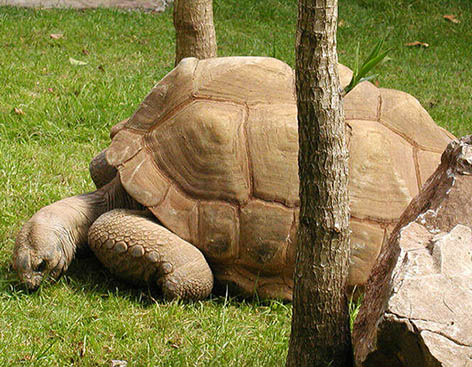 |
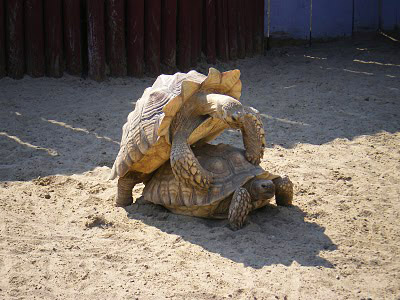 |
| Giant Aldabra Tortoise eating grass | Tortoises mating |
|
|
|
http://en.wikipedia.org/wiki/Tortoise is a great page if you want to know more about these amazing animals.
Sea Turtles Facts:
At top speed, a sea turtle can swim at about 35 miles an hour (56 kilometers/hour).
That's significantly faster than most sharks, which are the main predators of sea turtles once they're fully grown.
Fully grown sea turtles can range in size from around 30 inches (76 centimeters) up to 8 feet (2.4 meters), depending on their species. Different colorations also occur, from turtles which are completely green to brown and black turtles with tinges of yellow and red on their shells.
Sea turtle's colors often change as they grow older.
Read more about Sea Turtles and find a lot of photos of Sea Turtles on the page Sea Turtle Pictures.
What Do Turtles Eat?
The food turtles eat depends largely on the species and where they live.
Sea turtles eat a range of foods from shrimp and crabs through to jellyfish.
Freshwater turtles, which tend to be smaller, often prey on insects, worms and underwater snails, as well as newly hatched fish and fish eggs.
Many turtles also eat seaweed.
Turtle Behavior:
As mentioned above, turtles are cold-blooded.
Like many other
cold-blooded reptiles, turtles warm themselves up by basking in the
sun. This is important to know if you plan on keeping pet turtles,
as it's likely you'll need to buy a heat lamp for them.
Some
of the most interesting behavior, however, occurs in sea turtles –
namely, their huge migrations.
It's still not entirely understood
why turtles risk traveling such vast distances to lay their eggs in
the same spot.
Flatback sea turtles also have an odd behavior
individual to their species: they float at the surface of the ocean,
basking in the sun, often not even bothered when sea birds land on
their shells for a rest.
![]()
The Turtle's Shell:
As we mentioned earlier in the fun turtle facts section,
the turtle's shell is built into its skeleton – but that's not
all there is to it.
Part of the shell is bone, but there's also a layer of a material called keratin. This is the same stuff that makes up your fingernails. Obviously, the average turtle shell is a lot thicker than a fingernail, which (combined with the bone underneath) is what makes it so strong.
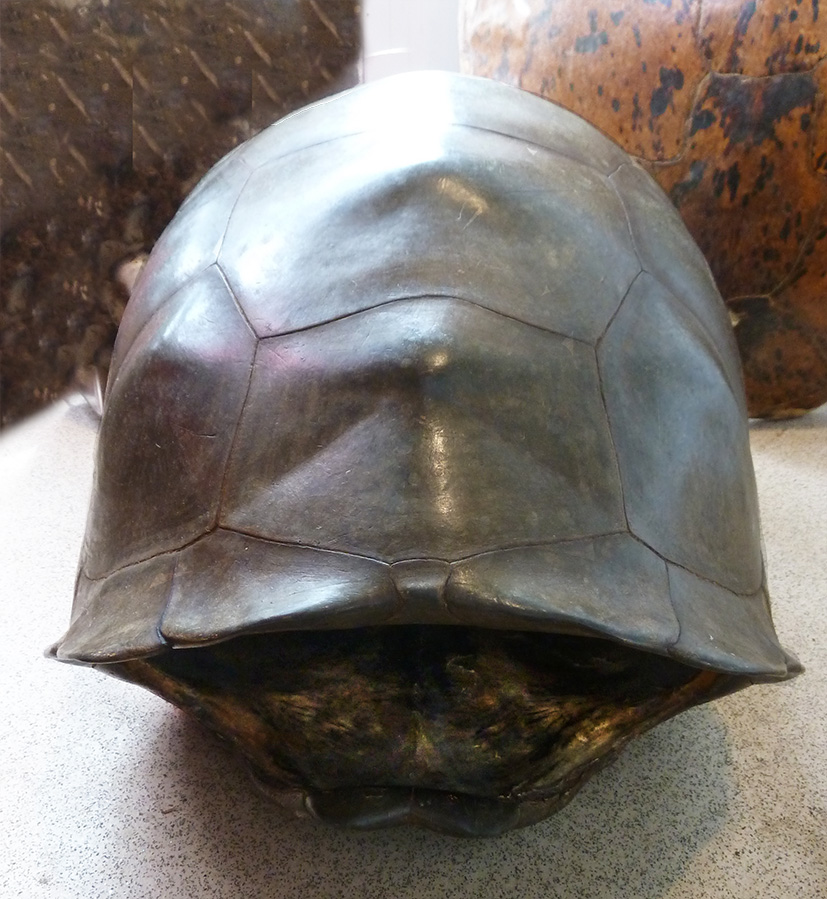 |
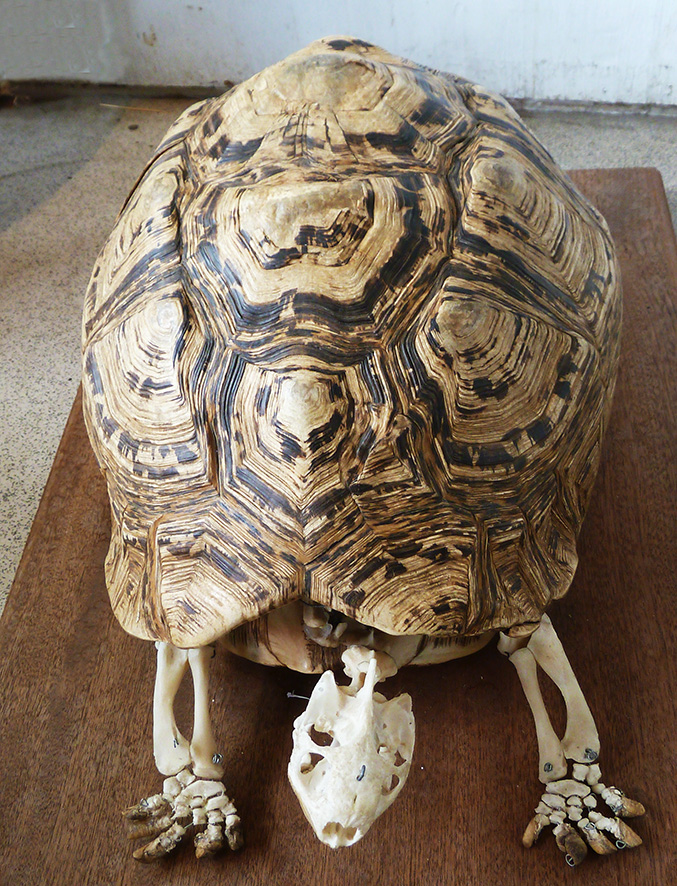 |
|
|
|
![]()
Where Would You Like to Go Next?
 |
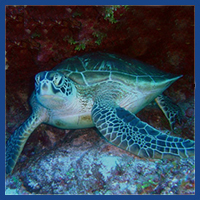 |
| Pictures of Animals: Main page for all the pages with animal photos, take a look at the overview at this page. | Sea Turtle Pictures: Wonderful photos of sea turtles on land and in the sea. |
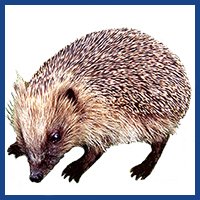 |
|
| Animal Clipart: the Main page for all the pages with animal clip art here, funny cartoons as well as cut-outs from photos. |


Back to the top of this page about Turtle Pictures
Visit Homepage
